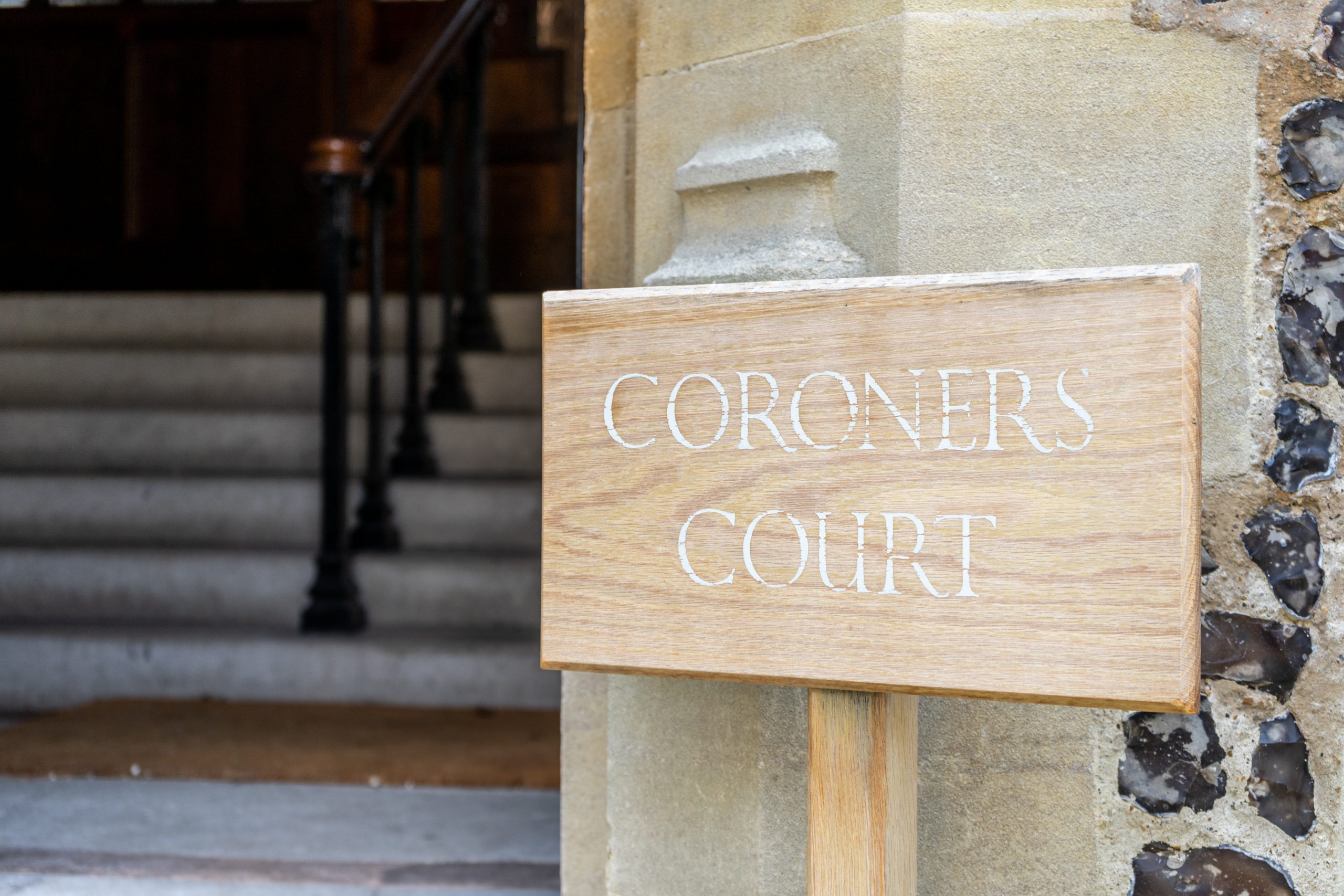Part 36 allows Claimants to escape fetter of fixed costs regime

ISSUE FOR THE APPEAL
When a claim exits the RTA or EL/PL Protocol and the Claimant beats their own Part 36 offer, what costs are recoverable inter partes? Is the Claimant restricted to recovery of fixed costs or can they recover their full incurred costs assessed on the indemnity basis?
BACKGROUND
In both cases:
The Claimants started their claims in the RTA protocol.
The Defendants disputed liability causing the claims to exit the RTA protocol and costs to be governed by section III of Part 45.
The Claimants made Part 36 offers, which were not accepted by the Defendants.
the claiments beat their part 36 offers.
NEW PART 36
Whilst the cases concerned the pre-6 April 2015 version of Part 36, the provisions applicable to this appeal have not substantially altered, except for their numbering.
DECISIONS AT FIRST INSTANCE
In both cases, the Judges found that rule 36.14(3) (new rule 36.17(4)) applied, however:
In Broadhurst HHJ Robinson found there was no difference between profit costs assessed on the indemnity basis and fixed costs. In order words, in cases where profit costs are fixed, what is being assessed (albeit on an indemnity basis) is still those fixed costs;
In Smith HHJ Freedman found that indemnity costs were distinct from fixed costs. In other words, assessing costs on an indemnity basis displaces the fixed costs regime and means all incurred costs are assessed in the normal way under the indemnity principle
DECISION IN THE APPEAL
Conclusion
In Broadhurst the appeal was allowed and in Smith it was dismissed.
Lord Dyson held (and McCombe LJ and David Richards LJ agreed) that a section IIIA Claimant that beats their own Part 36 offer can recover not just fixed costs but all incurred costs reflecting the work actually done, assessed on the indemnity basis. Fixed costs and assessed indemnity costs are conceptually different.
What will the Claimant be awarded if they beat their own Part 36 offer?
The Claimant will get:
Fixed costs to the last staging point provided by rule 45.29C and Table 6B; and
Costs assessed on the indemnity basis from the expiry of the relevant period.
Reasoning
The basis for the Court of Appeal’s decision was as follows:
If rule 45.29B stood alone, then the only costs allowable would be the fixed costs in rule 45.29C.
However, rule 45.29B does not stand alone, it must be read in tandem with:
Rule 45.29F, which directs that rule 36.14A (new rule 36.21) should apply if the Claimant fails to beat their own Part 36 offer but does not direct what should happen where the Claimant does beat their own Part 36 offer.
Rule 36.14A which states that rule “36.14 [new rule 36.17] applies with the following modifications”. Those modifications do not alter rule 36.14(3).
Rule 36.14, which provides that if a Claimant beats their own Part 36 offer, they are entitled to costs on the indemnity basis from the date on which the relevant period expired.
The consequence of rules 36.14 and 36.14A together is that where a Claimant beats their own Part 36 offer in section IIIA case, they are entitled to assessed costs on the indemnity basis – rule 36.14(3) is preserved and continues to have full force and effect.
Rule 36.14A(8) states that the parties are entitled to disbursements allowed in accordance with rule 45.29I in any period for which costs are payable to them. This is a provision for payment of disbursements in line with rule 45.29B(b) and supports the argument that rule 36.14A prevails over rule 45.29B because there is no corresponding provision for payment of fixed costs in line with rule 45.29B(a).
Within the wider scheme of Part 36, where fixed costs are intended to prevail, the rules make this clear.
As a straightforward matter of interpretation, the tension between rules 45.29B and 36.14A must be resolved in favour of rule 36.14A.
Even if that were not the case, then it would be legitimate to use the Explanatory Memorandum as an aid to construction, which states that “the claimant will not be limited to receiving his fixed costs, but will be entitled to costs assessed on the indemnity basis in accordance with rule 36.14.”
Fixed costs and assessed costs are conceptually different:
Fixed costs are awarded whether or not they were incurred, and whether or not they represent reasonable or proportionate compensation for the effort actually expended.
Assessed costs reflect the work actually done.
Whilst there are bound to be some difficulties of assessment where the costs are partly fixed and partly assessed, these difficulties were overstated by HHJ Robinson in Broadhurst at first instance.
There was no evidence to support the proposition that allowing indemnity costs would result in windfalls.
Allowing Claimants to recover on the indemnity basis is in the spirit of rule 36.14(3) and incentivises Claimants to make offers, and Defendants to accept them.
ANALYSIS OF THE WIDER IMPLICATIONS OF THE DECISION
Some practitioners took the view that pre-Broadhurst, the combination of fixed costs and the abolition of the recoverability of success fees / ATE premiums had the effect of encouraging Defendants to fight rather than settle, particularly in lower value cases.
This ran counter to the emphasis in the CPR on settlement.
The Broadhurst decision will provide Claimants with a potent device to apply pressure to Defendants who are likely to be incentivised to accept well-pitched offers to avoid incurring indemnity costs in the event that they lose at trial.
The importance of Claimants making a realistic Part 36 offer early on in litigation therefore cannot be overstated.
It should also not be forgotten that Part 36 offers can be made on liability only. Therefore, a 90% offer on liability only might expose a Defendant intending to defend a claim on liability to the risk of indemnity costs in the event that it lost at trial.
SOPHIE FIRTH
PUPIL BARRISTER
PARKLANE PLOWDEN










